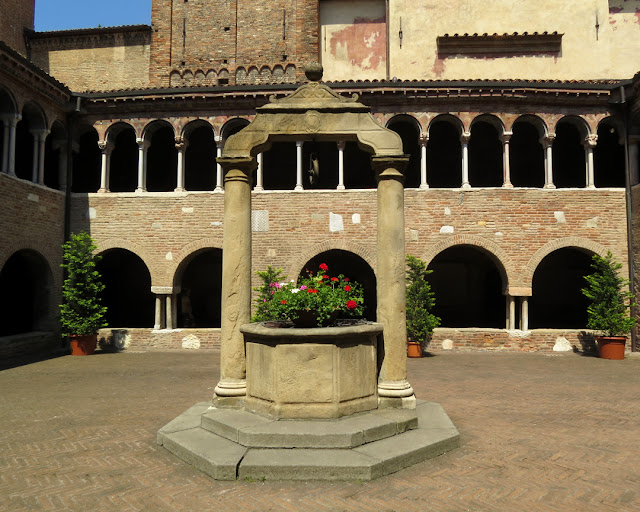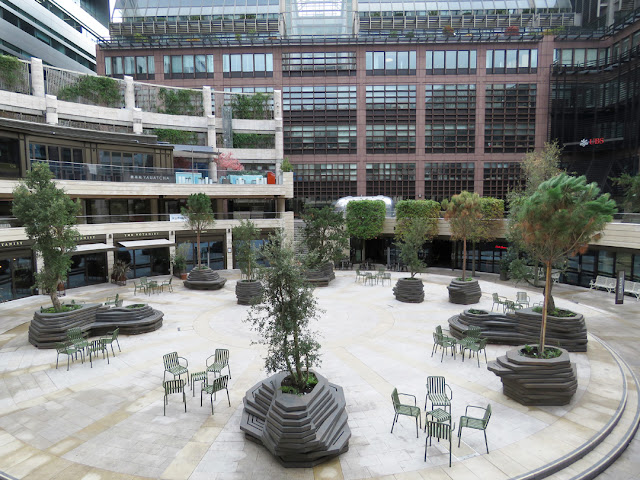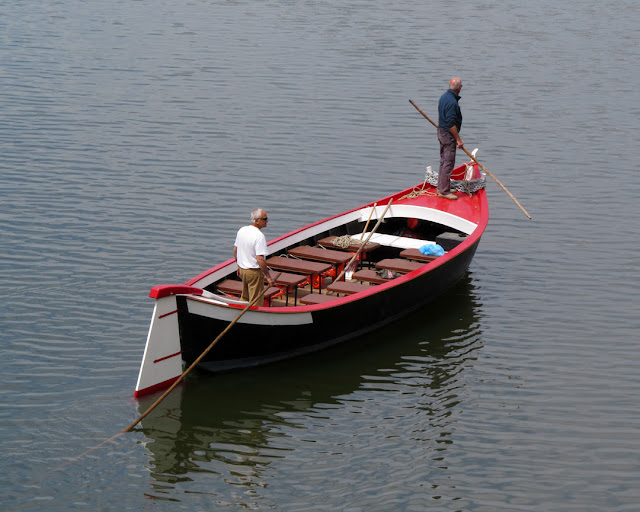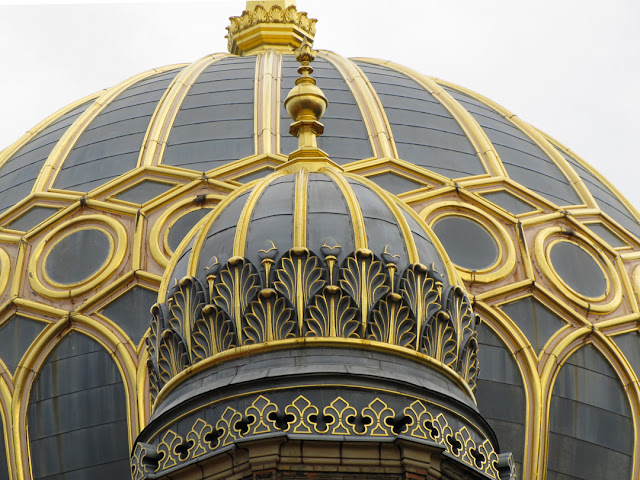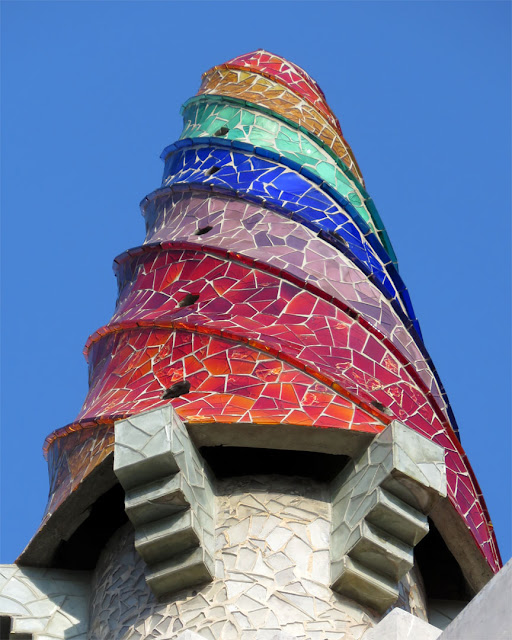Statue of Neptune by Giambologna , 1567 Fountain of Neptune , Piazza del Nettuno Bologna, June 2015 �The Fountain of Neptune (Italian: Fontana di Nettuno) is a monumental civic fountain located in the eponymous square, Piazza del Nettuno, next to Piazza Maggiore, in Bologna, Italy. Its bronze figure of Neptune, extending his reach in a lordly gesture of stilling and controlling the waters, is an early work by Giambologna, completed about 1567. An innovation of Giambolognas fountain designs is the fantastic and non-geometrical forms he gave to the basins into which water splashed and flowed, �curiously folded, bulging and elastic in form�, as Rosalind Grippi remarked. The fountain is a model example of Mannerist taste of the courtly elite in the mid-sixteenth century: construction of the statue was commissioned by the Cardinal Legate of the city, Charles Borromeo, to symbolize the fortunate recent election of Borromeos uncle as Pope Pius IV. The work was designed by the Palermitan archi


